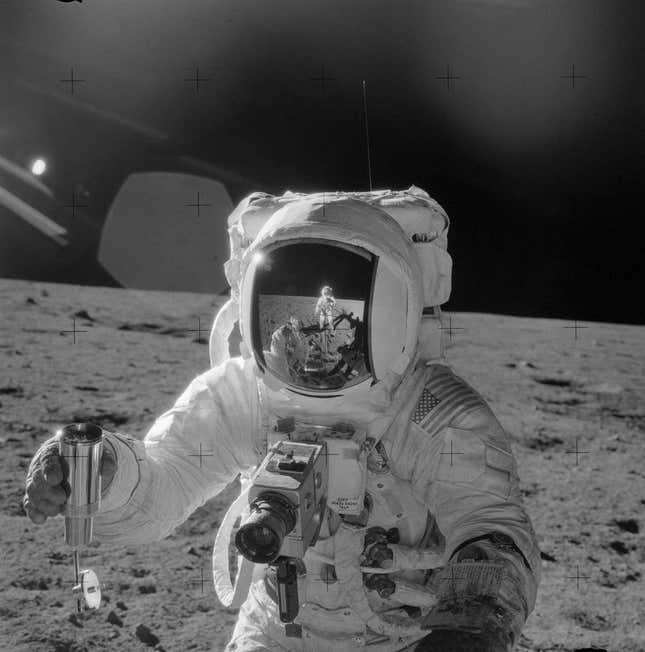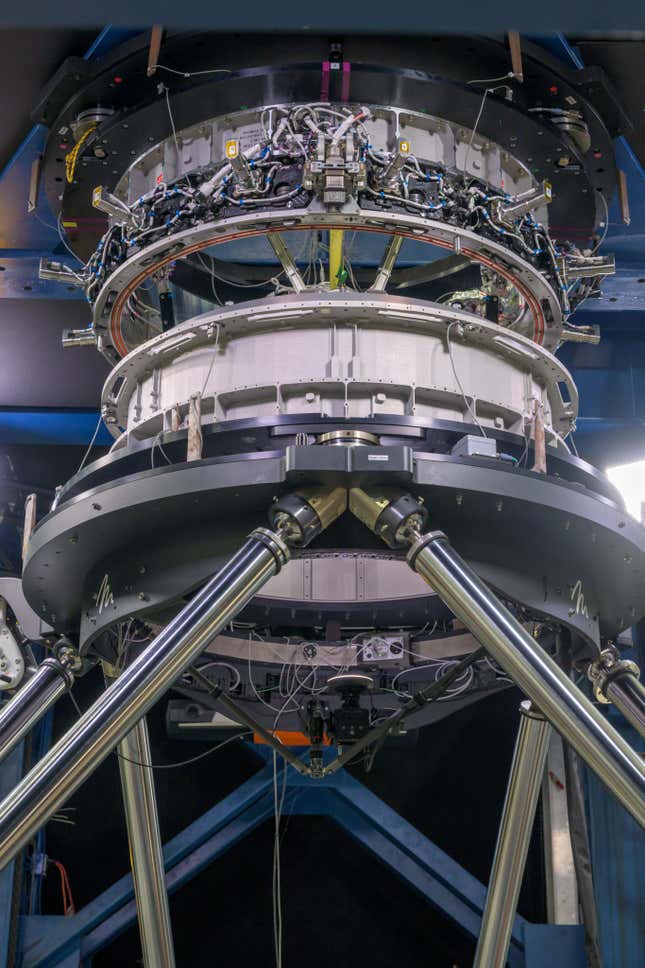Nikon is making a camera you can take to space. In partnership with NASA, the company is developing a handheld camera for astronauts to use on the surface of the Moon for the upcoming Artemis missions.
NASA and Nikon recently signed an agreement to design a camera that can withstand the harsh temperatures of the lunar environment and capture astronauts’ time on the Moon for research purposes (and maybe a few cool selfies too). The camera is scheduled to be ready for use for the Artemis 3 mission, which is tentatively taking off in September 2026.
During the Apollo era, a a 70mm film magazine camera was attached to an astronaut’s chest on the Moon to capture the missions. More than 50 years later, NASA wants to allow its astronauts more freedom of movement on the lunar surface and the ability to click away easily.

Teams at NASA’s Marshall Space Flight Center in Huntsville, Alabama, have started working to implement the necessary adjustments on a standard Nikon Z9 camera in order to develop the HULC (Handheld Universal Lunar Camera), according to NASA. The result is a modified Nikon Z9 camera with Nikkor lenses, wrapped in NASA’s thermal blanket to protect the camera from dust and extreme temperatures, as well as a custom grip with modified buttons that astronauts can use while wearing thick gloves.
The camera will also be equipped with the latest in imagery technology and modified electrical components to avoid damage by radiation. Compared to the cameras used to capture 18,000 photos during the Apollo missions, the Artemis camera will have a viewfinder, as well as video capabilities to capture both still imagery and video on a single device.
“The camera will be the first mirrorless handheld camera used on the Moon, designed for capturing imagery in low-light environments,” NASA wrote. Before it travels to the Moon, the camera will be tested on board the International Space Station.

As part of NASA’s preparations for Artemis, the space agency has also made headway on a docking system that will be used by the lunar crew to move between the Orion spacecraft and the Starship Human Landing System, the latter to be built by SpaceX. Orion will be used to transport astronauts from Earth to lunar orbit, while Starship’s lander will transport the astronauts from the spacecraft to the surface of the Moon.
NASA and SpaceX recently ran system tests for the docking system at the Johnson Space Center using a system that simulates contact dynamics between two spacecraft in orbit, according to NASA.
“The testing included more than 200 docking scenarios, with various approach angles and speeds,” the space agency wrote. “These real-world results using full-scale hardware will validate computer models of the Moon lander’s docking system.”
These ongoing docking tests, along with the Nikon partnership, are pushing the Artemis program forward as we await the first crewed Moon landing since Apollo. But it’s also a reminder of all the different bells and whistles required to make this mission a success.
Want to know more about humanity’s next giant leap in space? Check out our full coverage of NASA’s Artemis Moon program, the new Space Launch System (SLS) rocket and Orion spacecraft, the recently concluded Artemis 1 mission around the Moon, the four-person Artemis 2 crew, NASA and Axiom’s Artemis Moon suit, and the upcoming lunar Gateway space station. And for more spaceflight in your life, follow us on Twitter and bookmark Gizmodo’s dedicated Spaceflight page.

